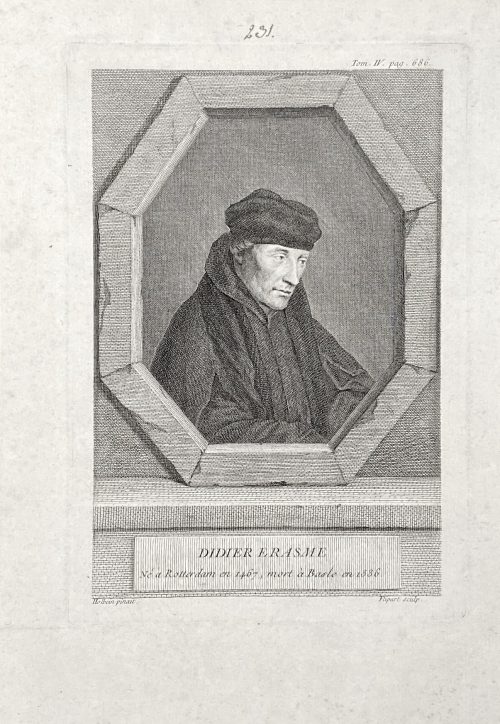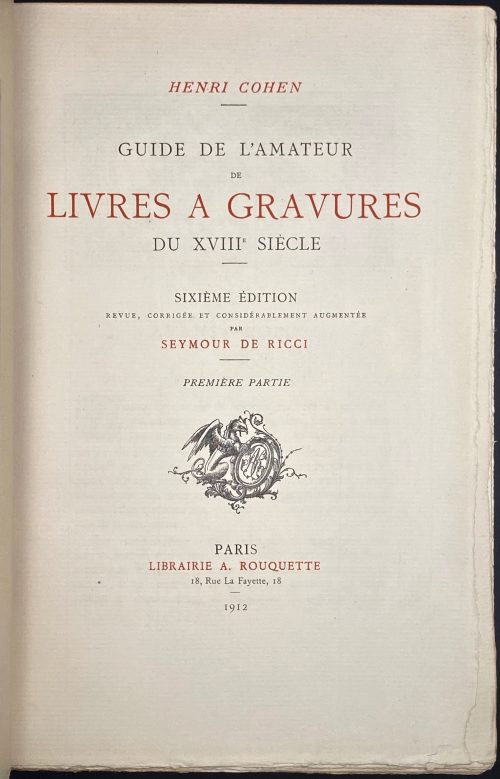In February 1875, Pierre Cottin1 came to me and said: 'I discovered a poet and tragedian of immense talent and who interprets the poems of the Great Victor Hugo in an astonishing way. Monsieur Gambini. I promised him that I would make it heard by an audience of artists and men of letters. I am counting on you who have many connections to keep my promise to him'. I gathered about 25 of my friends and acquaintances in a picnic dinner which took place at a restaurant 'Krauteimer' on the rue Rochechouart in Montmartre. They heard from Mr Gambini first, then my friends Étienne Carjat2, J. Gros3, Adrien Dézamy4, etc. performed. These gentlemen completed the evening so brilliantly that it was unanimously decided that we would start a similar dinner every month. Poets, musicians, men of letters, singers would be invited to this dinner. I was in charge of the organization of this little party and as it was the dream of my life to bring together old comrades, I was careful not to refuse and I pursued this good idea. Cottin and René Tener5 were kind enough to help me in this joyous task and especially my old friend Carjat. The following March began our 1st monthly dinner.The name "Le Bon-Bock" means "The Good Bock", whilst Bock is a kind of beer, a dark, malty, lightly hopped ale. The dinner was named "Le Bon-Bock" in honour of the Éduard Manet painting (1873), a famous portrait of Emile Bellot, called "Le Bon-Bock".
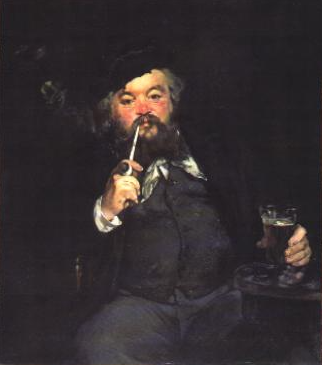 The invitations to the dinner were also produced by the artists and looked like this one by Alexandre Ferdinandus (October 3, 1883).
The invitations to the dinner were also produced by the artists and looked like this one by Alexandre Ferdinandus (October 3, 1883).
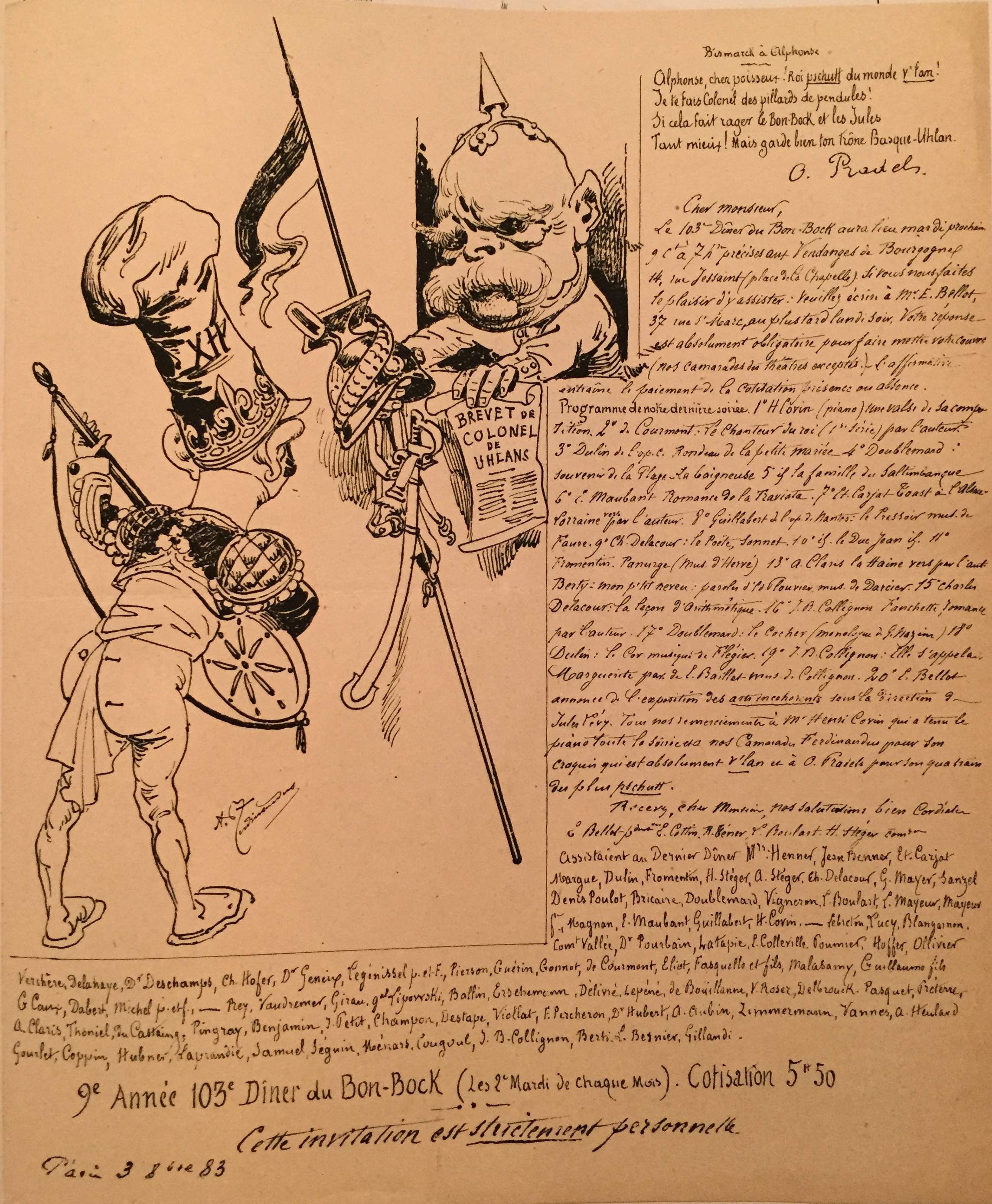 Besides this sketch of the Parisian social and artistic life at the end of the 19th century, the provenance of the album in our collection generates additional interest. The ink stamp to the front flyleaf reads: "Docteur Henry Uzan, 29 Avenue Perrichont, Paris XVI".
Doctor Henry Uzan was Jewish. He was arrested by the Pétain police on October 1, 1941, and interned in Drancy. With the few means at his disposal, he undertook to treat the sick whom he then saw leaving, week after week, towards their terrible destiny in the extermination camps. In October 1943 doctor Uzan was deported to the island of Alderney. After the Normandy Landing of June 6, 1944, Nazis evacuated the island detainees and transfer them to the Neuengamme camp, via northern France and Belgium. During the transfer, doctor Uzan managed to escape from the train on the night of September 3 to 4 around Dixmude in Flanders. He was taken in by the Belgian Resistance, which he joined before being repatriated to France.
In France, he continued working as a physician and was one of the founders of Association des internés et déportés politiques (AIDP). In 1945, together with his friends, the doctor designed the symbol for the Fédération nationale des déportés et internés résistants et patriotes:
Besides this sketch of the Parisian social and artistic life at the end of the 19th century, the provenance of the album in our collection generates additional interest. The ink stamp to the front flyleaf reads: "Docteur Henry Uzan, 29 Avenue Perrichont, Paris XVI".
Doctor Henry Uzan was Jewish. He was arrested by the Pétain police on October 1, 1941, and interned in Drancy. With the few means at his disposal, he undertook to treat the sick whom he then saw leaving, week after week, towards their terrible destiny in the extermination camps. In October 1943 doctor Uzan was deported to the island of Alderney. After the Normandy Landing of June 6, 1944, Nazis evacuated the island detainees and transfer them to the Neuengamme camp, via northern France and Belgium. During the transfer, doctor Uzan managed to escape from the train on the night of September 3 to 4 around Dixmude in Flanders. He was taken in by the Belgian Resistance, which he joined before being repatriated to France.
In France, he continued working as a physician and was one of the founders of Association des internés et déportés politiques (AIDP). In 1945, together with his friends, the doctor designed the symbol for the Fédération nationale des déportés et internés résistants et patriotes:
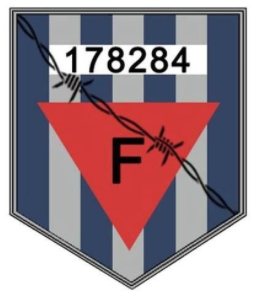 The story behind the number on the emblem (178284) is fascinating but it is out of the scope of this material.
The story behind the number on the emblem (178284) is fascinating but it is out of the scope of this material.
1. Pierre Cottin (French, 1823 – c. 1887) – Engraver, mezzotinter, genre and landscape painter; born in Chappelle-Saint-Denis (near Paris), a pupil of Jazet. Exhibited at the Salon from 1845, also in London from 1876 to 1879.↩ 2. Étienne Carjat (French, 1828 – 1906) – Journalist, caricaturist and photographer. ↩ 3. Jean Baptiste Louis Gros (French, 1793 – 1870) – Painter. ↩ 4. Adrien Dézamy (French, 1844 – 1891) – Writer, poet, general secretary of the Théâtre des Bouffes in Paris. ↩ 5. Rene Tener (French, 1846 – 1925) – Painter. ↩ Sources:
Auguste Lepage. Les dîners artistiques et littéraires de Paris / Bibliothèque des Deux mondes (2e éd.) – Paris: Frinzine, Klein et Cie., 1884. [Accession № LIB-2606.2021 in this collection]


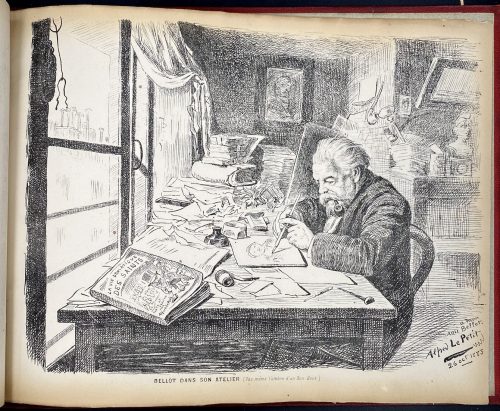

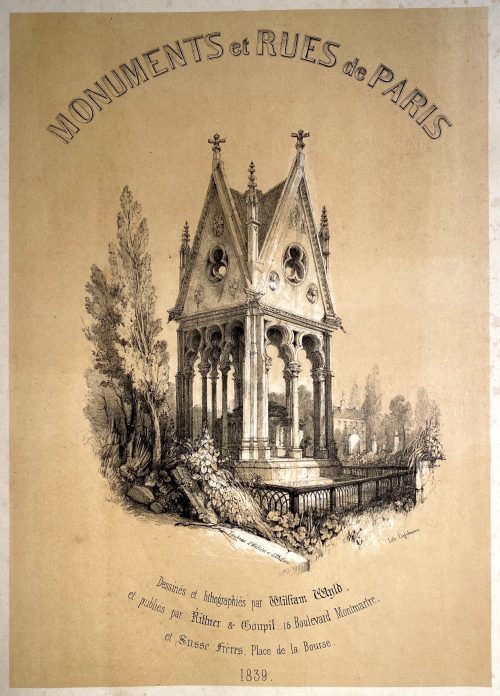
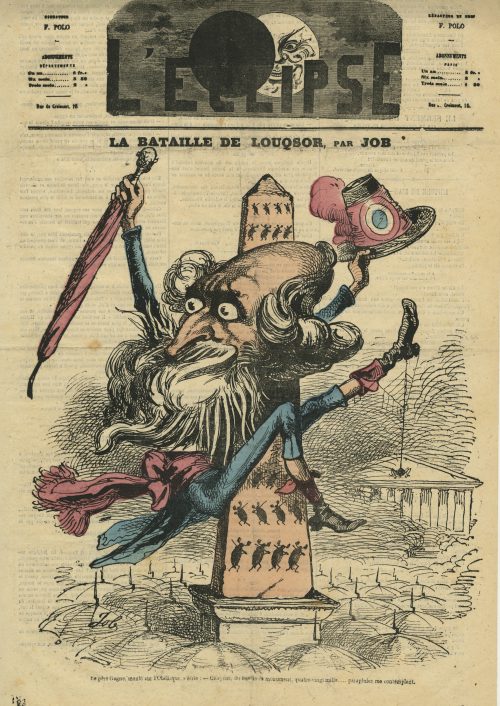
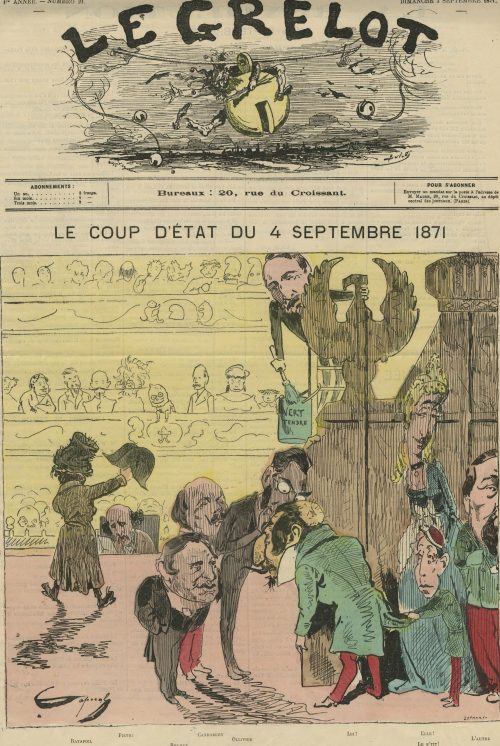
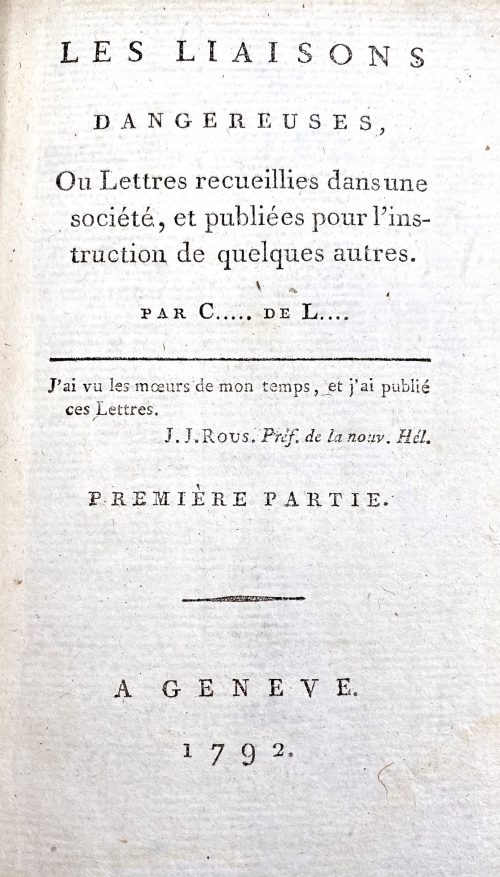
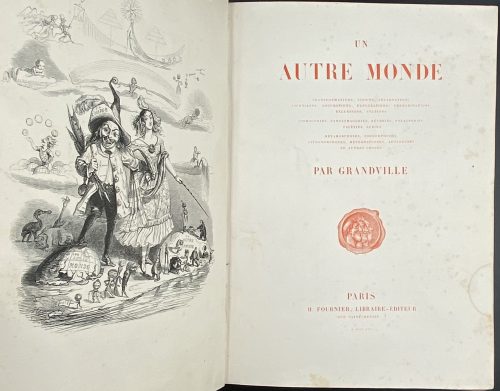
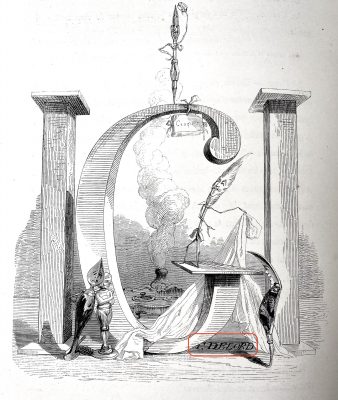
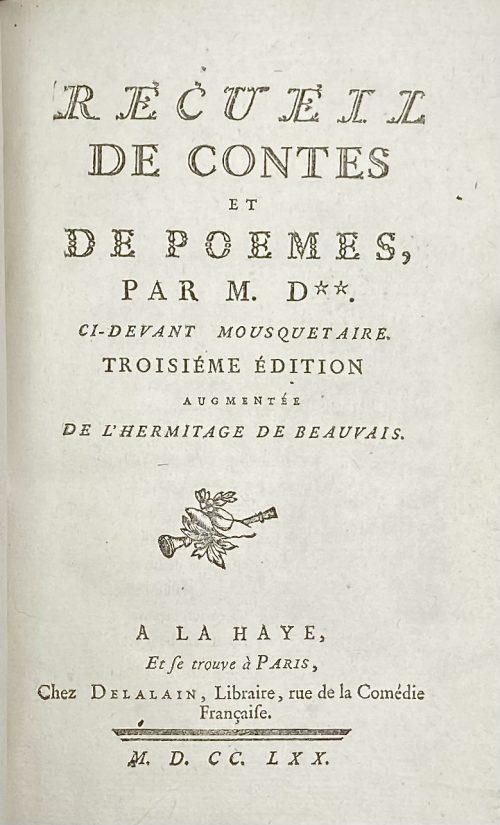
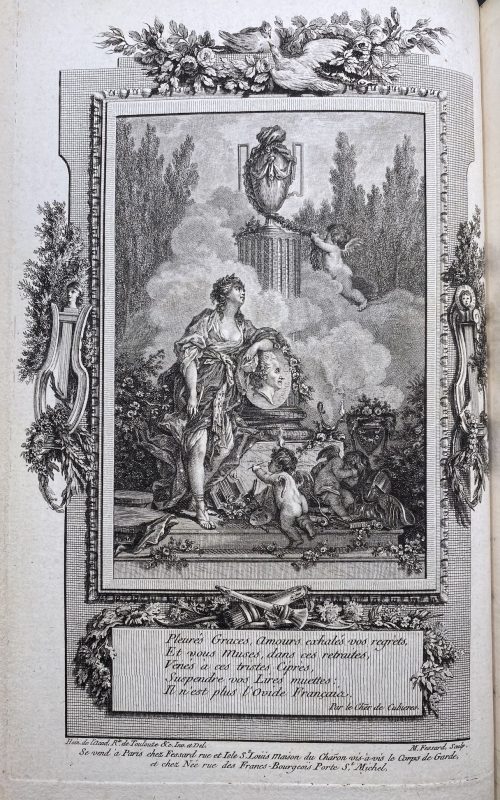
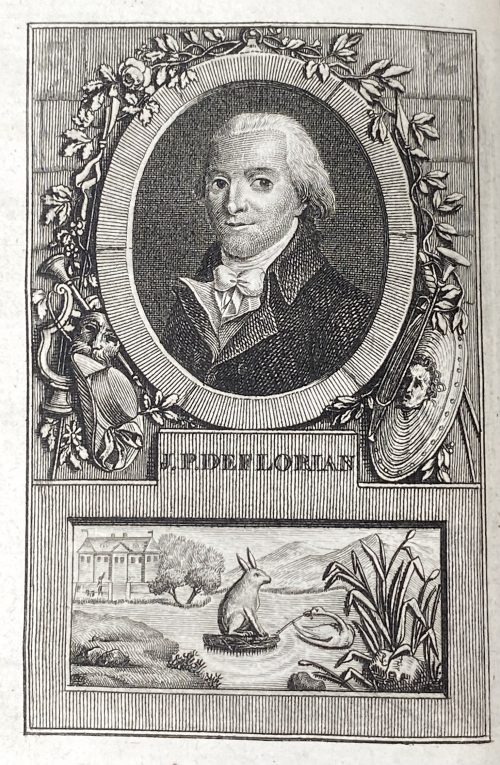
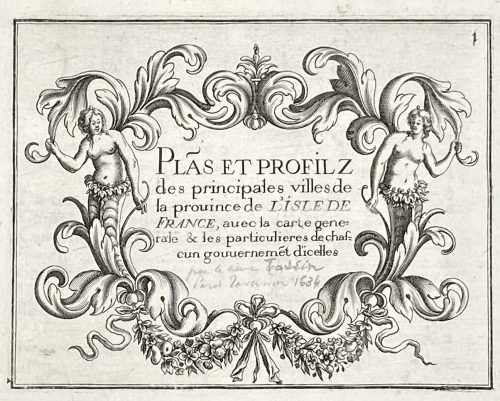
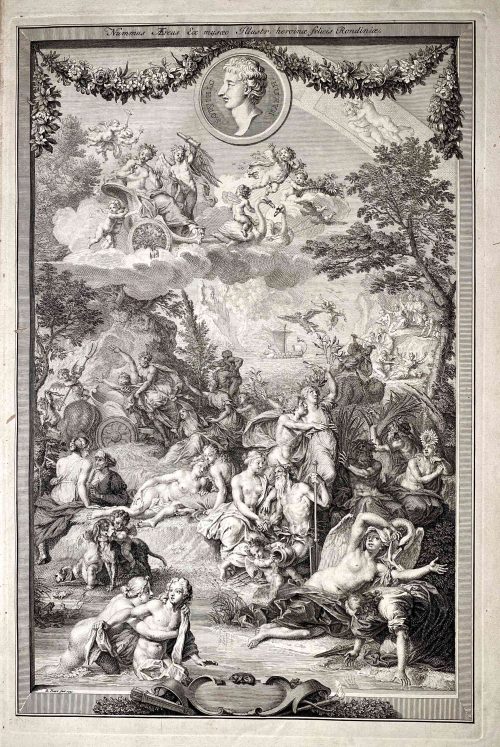
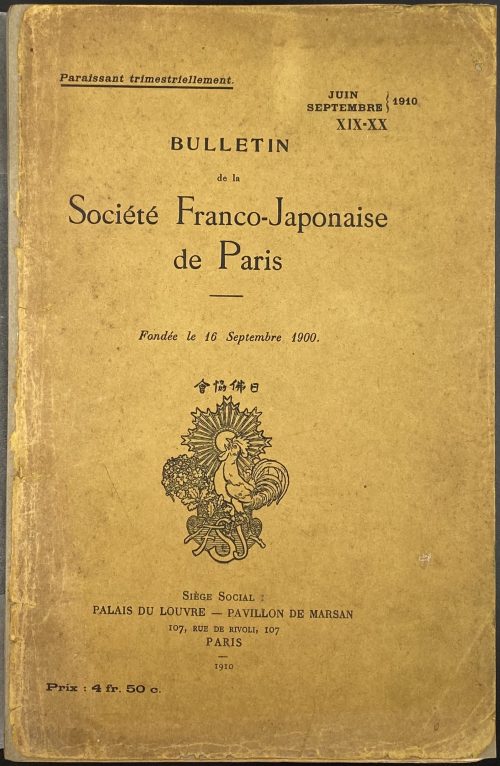
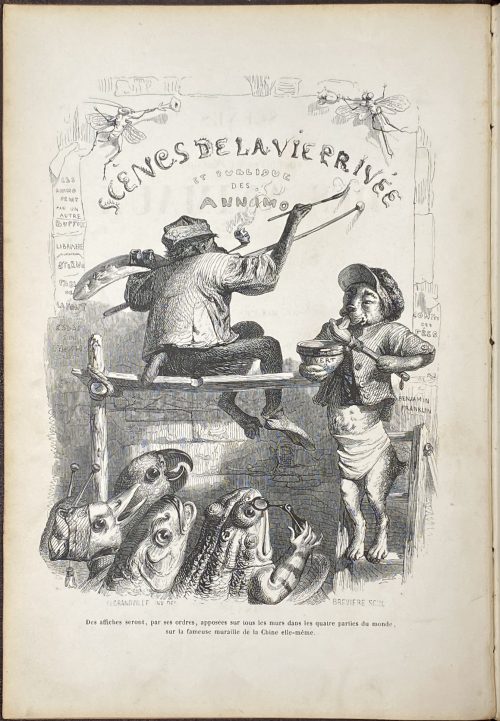
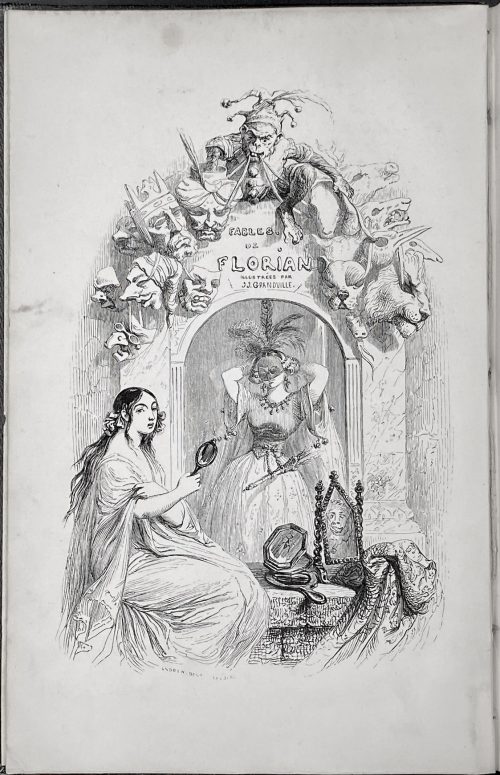
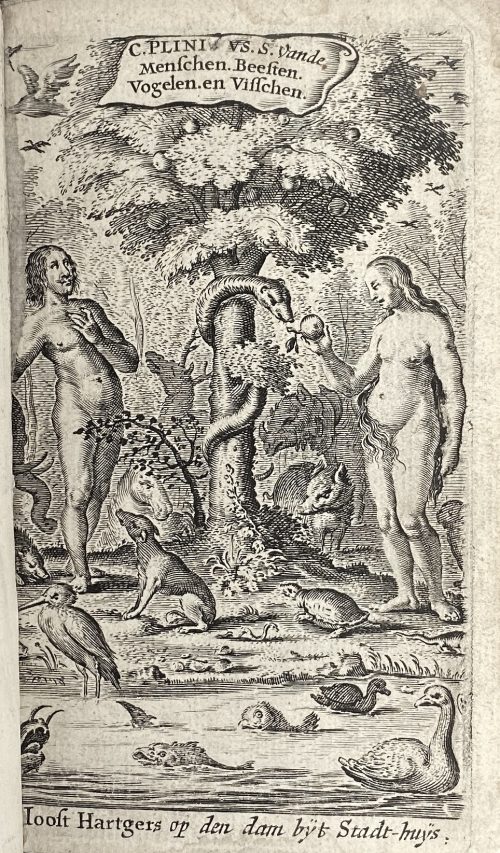
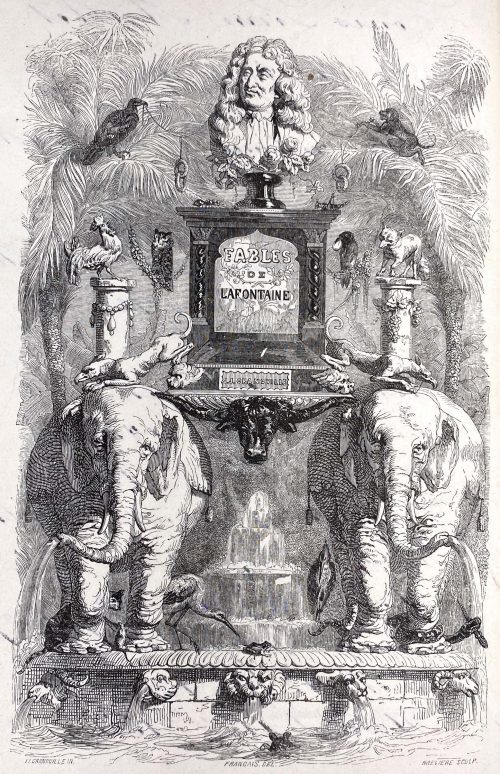
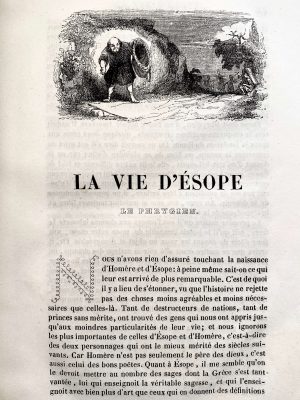 Wood engravings (135 plates, including frontispiece, and numerous headpieces and initial letters) were cut by the following artists (the first number is the number of the chapter ('livre'), the second – the number of the fable within the 'livre':
Wood engravers:
John Bastin, (British, fl. 1840 – 1850): 6-6, 7-13, and 8-9.
Alexandre Belhatte (French, born in 1811): 3-11 and chapter title pages to 'livres' 6, 11, 12, headpices on p. 117 in vol. 2, and 'Philemon et Baucis' section title page.
J. Constantine Beneworth (active France, 19th century): 1-6.
Louis-Henri Brévière (French, 1797 – 1869): 1-10, 2-7, 6-10, 6-21, 7-4, 8-10, 8-27, 9-3, 10-4, 12-11, frontispice, together with François-Louis Français (French, 1814–1897), and 'Fin des fables' tailpiece.
Brévière et Hébert: Louis-Henri Brévière (French, 1797 – 1869) and César-Auguste Hébert (French, active 19th century): 1-1, 1-2, 1-13, 1-18, 2-2, 2-11, 3-1, 3-3, 3-4, 3-18, 4-20, 4-21, 4-22, 5-5, 5-20, 6-2, 6-8, 7-3, 8-7, 8-12, 8-14, 8-17, 9-14, 10-6, 10-16, 11-6, 12-4, 12-25.
Joseph-Hippolyte-Jules Caqué (French, 1814 – 1885): 7-11 and headpieces on p. 251 in vol. 1 and on p. 197 in vol. 2.
Prosper-Adolphe-Léon Cherrier (French, born 1806): 8-6.
Henry Isidore Chevauchet (French, fl. 1837 – 1850): 1-19, 2-4, and 4-5.
Louis Dujardin (French, 1808 – 1859): 10-9.
Pierre-François Godard (French, 1768 – 1838): 1-5, 1-16, 5-2, and 10-11.
Charles David Laing (British, fl. 1836 – 1853): 7-9.
Lacoste père et fils aîné et Auguste-Alexandre Guillaumot (French, 1815 – 1892): 1-4, 1-20, 9-17, and 11-5.
Laisné (Alfred, Adèle, and Aglaé) (French, active 1835–1868): 5-8, 6-5, 6-17, 8-2, 8-15, 9-9, 9-10, 11-1, 11-8, 12-10.
(Alfred, Adèle, and Aglaé) Laisné (French, active 1835–1868): 5-8, 6-5, 6-17, 8-2, 8-15, 9-9, 9-10, 11-1, 11-8, 12-10.
Théodore Maurisset (French, fl. 1834 – 1859): 2-14 and 6-13.
Antoine-Alphée Piaud (French, 1813 – 1867): 1-17, 2-9, 2-16, 4-1, 4-4, 5-15, 5-17, 5-18, 5-21, 8-22, 8-23, 8-25, 9-19, 10-13, 11-3, 11-9, 12-13, 12-15, 12-21, three 'livres': 3, 9, 10, and headpiece on p. 71 in vol. 2.
Roux-Jourdain: Two 'livre' title pages, 1 and 2.
John Orrin Smith (British, 1799 – 1843): 2-13, 2-18, 3-9, 3-14, 4-9, and 4-14.L. Chauchefoin (French): 2-3 and 5.13.
Matthew Urlwin Sears (British, 1799 – 1870): 10-1 and 12-9.
Monogram TM or MT (possibly for Théodore Maurisset): 6-16 and 10-3.
Monogram GO–> (possibly for Godard) : 5-3, 7-1, and 9-5.
Monogram B and BV: 4-11, 12-6, 'livre' 4, and headpieces on p. 1 in vol. 1 and on p. 167 in vol. 2.
Unsigned or with an illegible signature: "fables' section title, 1-3, 1-9, 3-5, 3-8, 4-15, 4-18, 5-10, 7-7, 7-16, 9-2, 9-4, 12-2, 12-3, 12-17, and two 'livre' title pages, 5 and 8.
Little is know about Matthew Urlwin Sears. He was a wood engraver of good reputation who is known to have worked in London in the early 1820s, Paris and Leipzig. Listed as "wood engraver" on records of the UK Printing Historical Society. Work The British Museum owns three of his earliest published works, engravings for Northcote's Fables (1828). He authored "Specimen of stereotype ornaments, 1825" which was reprinted as a facsimile in 1990 by the Printing Historical Society (London), with a foreword by James Mosley. He is mentioned by Pierre Gusman in "La Gravure sur Bois en France" (Paris, 1929). Laurent's Histoire de l'Empereur Napoleon, (1839) is one of many publications on which both Sears and his partner John Quartly worked, as well as numerous other engravers. His work appeared in "Aunt Effie's Rhymes" (1852) and "Uncle Tom's Cabin", by Harriet Beech Stowe (Edinburgh: Adam and Charles Black, 1853) [Claire-Juliette Beale, December 2009].
Wood engravings (135 plates, including frontispiece, and numerous headpieces and initial letters) were cut by the following artists (the first number is the number of the chapter ('livre'), the second – the number of the fable within the 'livre':
Wood engravers:
John Bastin, (British, fl. 1840 – 1850): 6-6, 7-13, and 8-9.
Alexandre Belhatte (French, born in 1811): 3-11 and chapter title pages to 'livres' 6, 11, 12, headpices on p. 117 in vol. 2, and 'Philemon et Baucis' section title page.
J. Constantine Beneworth (active France, 19th century): 1-6.
Louis-Henri Brévière (French, 1797 – 1869): 1-10, 2-7, 6-10, 6-21, 7-4, 8-10, 8-27, 9-3, 10-4, 12-11, frontispice, together with François-Louis Français (French, 1814–1897), and 'Fin des fables' tailpiece.
Brévière et Hébert: Louis-Henri Brévière (French, 1797 – 1869) and César-Auguste Hébert (French, active 19th century): 1-1, 1-2, 1-13, 1-18, 2-2, 2-11, 3-1, 3-3, 3-4, 3-18, 4-20, 4-21, 4-22, 5-5, 5-20, 6-2, 6-8, 7-3, 8-7, 8-12, 8-14, 8-17, 9-14, 10-6, 10-16, 11-6, 12-4, 12-25.
Joseph-Hippolyte-Jules Caqué (French, 1814 – 1885): 7-11 and headpieces on p. 251 in vol. 1 and on p. 197 in vol. 2.
Prosper-Adolphe-Léon Cherrier (French, born 1806): 8-6.
Henry Isidore Chevauchet (French, fl. 1837 – 1850): 1-19, 2-4, and 4-5.
Louis Dujardin (French, 1808 – 1859): 10-9.
Pierre-François Godard (French, 1768 – 1838): 1-5, 1-16, 5-2, and 10-11.
Charles David Laing (British, fl. 1836 – 1853): 7-9.
Lacoste père et fils aîné et Auguste-Alexandre Guillaumot (French, 1815 – 1892): 1-4, 1-20, 9-17, and 11-5.
Laisné (Alfred, Adèle, and Aglaé) (French, active 1835–1868): 5-8, 6-5, 6-17, 8-2, 8-15, 9-9, 9-10, 11-1, 11-8, 12-10.
(Alfred, Adèle, and Aglaé) Laisné (French, active 1835–1868): 5-8, 6-5, 6-17, 8-2, 8-15, 9-9, 9-10, 11-1, 11-8, 12-10.
Théodore Maurisset (French, fl. 1834 – 1859): 2-14 and 6-13.
Antoine-Alphée Piaud (French, 1813 – 1867): 1-17, 2-9, 2-16, 4-1, 4-4, 5-15, 5-17, 5-18, 5-21, 8-22, 8-23, 8-25, 9-19, 10-13, 11-3, 11-9, 12-13, 12-15, 12-21, three 'livres': 3, 9, 10, and headpiece on p. 71 in vol. 2.
Roux-Jourdain: Two 'livre' title pages, 1 and 2.
John Orrin Smith (British, 1799 – 1843): 2-13, 2-18, 3-9, 3-14, 4-9, and 4-14.L. Chauchefoin (French): 2-3 and 5.13.
Matthew Urlwin Sears (British, 1799 – 1870): 10-1 and 12-9.
Monogram TM or MT (possibly for Théodore Maurisset): 6-16 and 10-3.
Monogram GO–> (possibly for Godard) : 5-3, 7-1, and 9-5.
Monogram B and BV: 4-11, 12-6, 'livre' 4, and headpieces on p. 1 in vol. 1 and on p. 167 in vol. 2.
Unsigned or with an illegible signature: "fables' section title, 1-3, 1-9, 3-5, 3-8, 4-15, 4-18, 5-10, 7-7, 7-16, 9-2, 9-4, 12-2, 12-3, 12-17, and two 'livre' title pages, 5 and 8.
Little is know about Matthew Urlwin Sears. He was a wood engraver of good reputation who is known to have worked in London in the early 1820s, Paris and Leipzig. Listed as "wood engraver" on records of the UK Printing Historical Society. Work The British Museum owns three of his earliest published works, engravings for Northcote's Fables (1828). He authored "Specimen of stereotype ornaments, 1825" which was reprinted as a facsimile in 1990 by the Printing Historical Society (London), with a foreword by James Mosley. He is mentioned by Pierre Gusman in "La Gravure sur Bois en France" (Paris, 1929). Laurent's Histoire de l'Empereur Napoleon, (1839) is one of many publications on which both Sears and his partner John Quartly worked, as well as numerous other engravers. His work appeared in "Aunt Effie's Rhymes" (1852) and "Uncle Tom's Cabin", by Harriet Beech Stowe (Edinburgh: Adam and Charles Black, 1853) [Claire-Juliette Beale, December 2009]. 